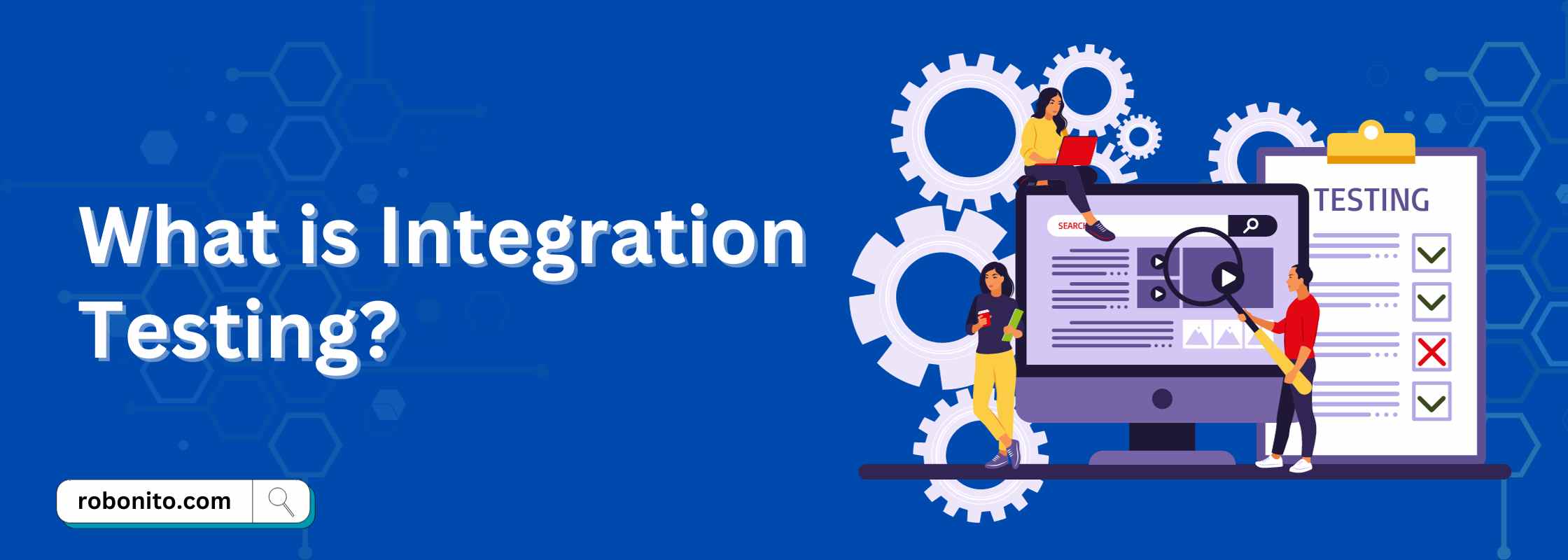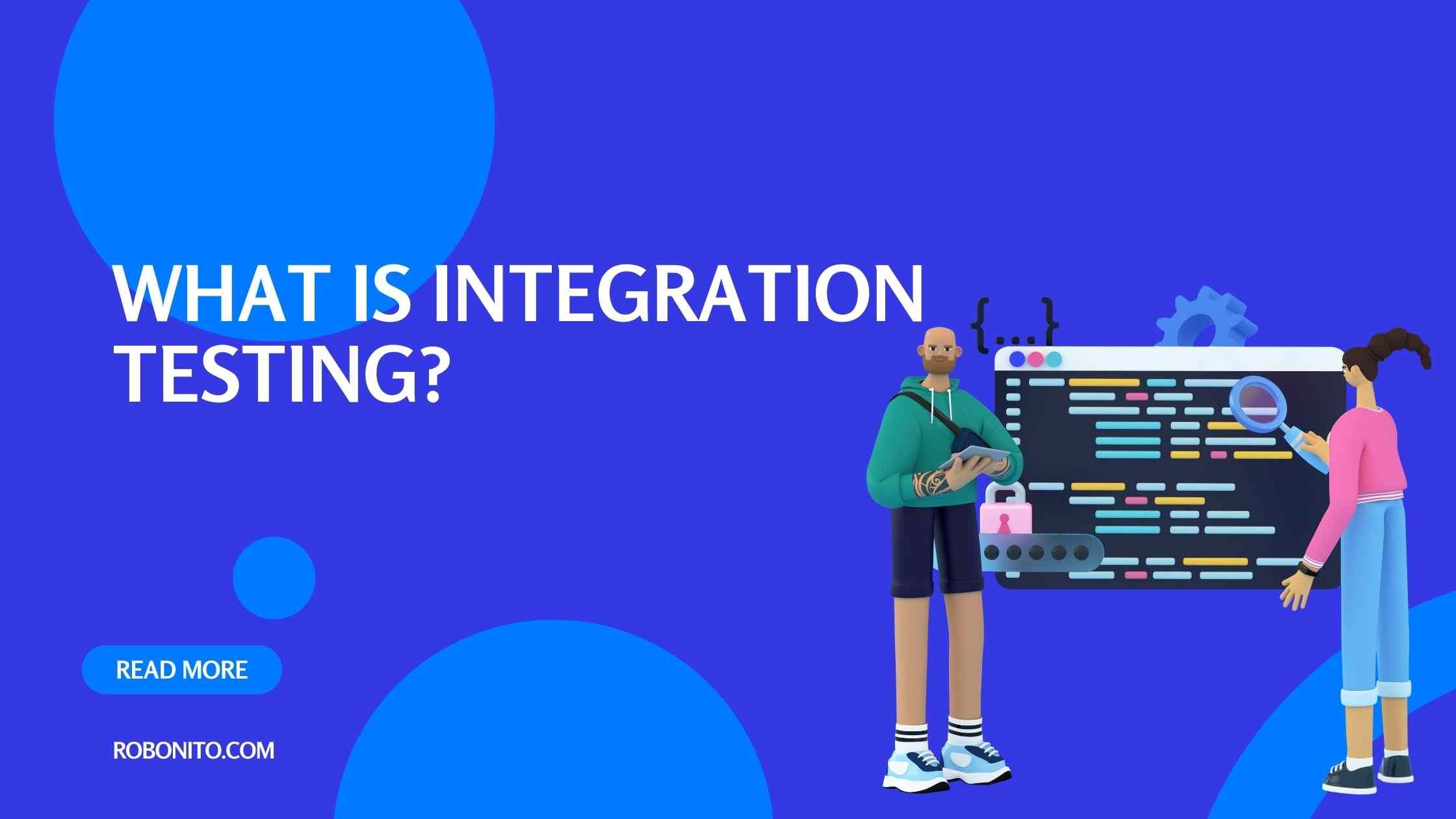Ensuring that different components of a software application work seamlessly together is importance. This is where integration testing works. this blog post delve deep into the integration testing, explaining its significance, methods, and best practices.
What is Integration Testing?

Integration testing is a critical phase in the software development life cycle where individual components or modules of a software application are tested as a group. The primary goal is to identify and address issues that may arise when these components interact with one another. It ensures that the various parts of the software work harmoniously and deliver the intended functionality.
The Importance of Integration Testing

Integration testing holds immense importance in the software development process for several reasons:
1. Detecting Interface Issues
Integration testing helps in detecting issues related to the interaction between different modules. This includes problems like data mismatches, incompatible function calls, or communication errors that can only be identified when modules are integrated.
2. Early Bug Identification
Identifying and addressing integration issues early in the development cycle saves both time and resources. It prevents these issues from snowballing into more complex and costly problems during later stages of development.
3. Ensuring System Reliability
By thoroughly testing how different components interact, integration testing ensures the overall reliability and stability of the software. This is crucial, especially for applications that handle sensitive data or perform critical functions.
Methods of Integration Testing

Integration testing can be carried out using several methods, depending on the complexity of the software and the development process. Here are some common approaches:
1. Big Bang Integration Testing
In this method, all the components are integrated simultaneously, and the entire system is tested as a whole. While this approach is straightforward, it can make it challenging to pinpoint the source of issues if they arise.
2. Top-Down Integration Testing
Here, testing starts from the top-level modules and gradually moves down to the lower-level ones. This method allows for early testing of the critical parts of the software.
3. Bottom-Up Integration Testing
Conversely, in bottom-up integration testing, testing begins with the lower-level modules and moves upwards. This approach is useful when core functionalities need to be tested first.
4. Incremental Integration Testing
In incremental integration testing, individual modules are tested and integrated one at a time. This incremental approach simplifies issue identification and resolution.
Best Practices in Integration Testing
To make the most out of integration testing, it's essential to follow some best practices:
1. Thorough Planning
Plan integration testing as a part of your software development strategy. Define the scope, objectives, and criteria for success.
2. Test Data Preparation
Ensure that you have appropriate and representative test data that covers various scenarios and edge cases.
3. Automation
Leverage test automation tools to streamline the testing process and improve efficiency.
4. Documentation
Maintain comprehensive documentation of test cases, test results, and any issues encountered. This helps in tracking progress and making informed decisions.
5. Continuous Integration

Integrate and test the code frequently throughout the development process rather than waiting until the end. This reduces integration-related surprises.
Revolutionize your software testing with Robonito, the ultimate no-code RPA automation testing tool. Say goodbye to endless testing hours – Robonito slashes testing time by a staggering 98%! Ready to experience the future of software testing? BOOK A FREE DEMO NOW and transform your testing process today!
Conclusion
Integration testing is the unsung hero of software development, ensuring that all the puzzle pieces fit together perfectly. By detecting and addressing integration issues early on, it saves developers from headaches down the line. So, the next time you're involved in software development, remember the crucial role of integration testing in creating robust and reliable applications.
Frequently Asked Questions
What is the difference between unit testing and integration testing?
Unit testing focuses on testing individual components in isolation, while integration testing checks how these components interact with each other.
Is integration testing only necessary for large-scale applications?
No, integration testing is essential for all software applications, regardless of their size. It helps ensure reliability and functionality.
How can I automate integration testing for my project?
There are various test automation tools available, such as Selenium and JUnit, that can help streamline integration testing.
What are some common challenges in integration testing?
Common challenges in integration testing include identifying the right test cases, setting up test environments, and dealing with third-party integrations.
What are integration tests for API?
Integration tests for APIs are tests that evaluate how different parts of an API work together to ensure proper functionality and communication.
